
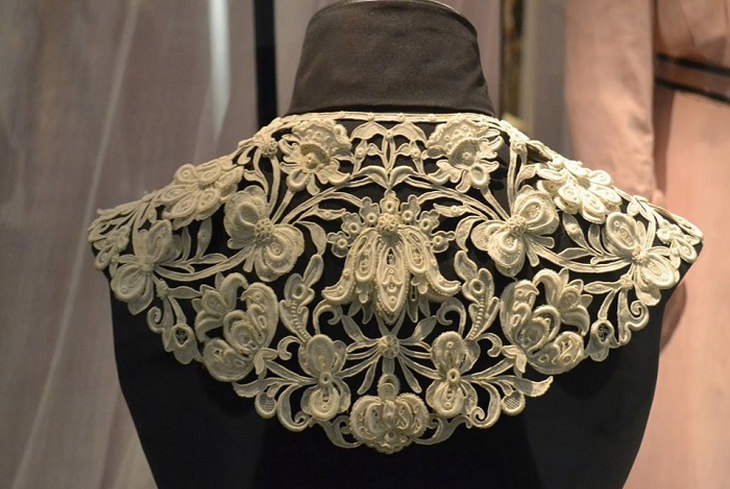
The textile trade proved to be very profitable and by the 13th-century, Bruges became the epicenter of Europe’s textile trade. The large quantities of various fabrics meant that Bruges developed a rich fashion industry, which paved the way for the development of its unique lace industry.
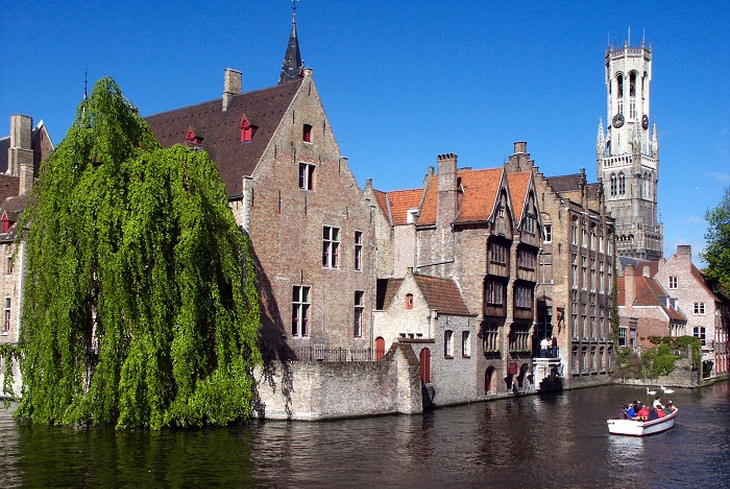
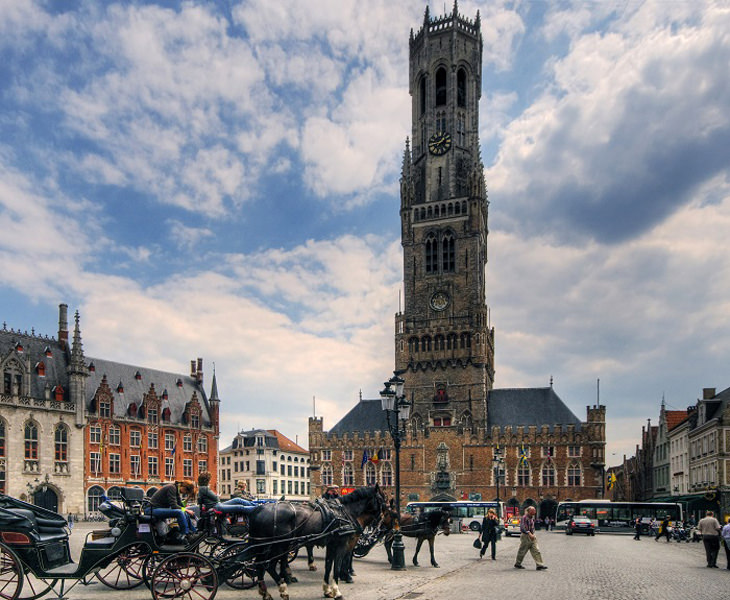
Bruges Lace
The great fondness of the Flemish residents of Bruges for impressive, quality clothing, led to the development of over 1,500 kinds of lace, woven from silver, gold and silk. Some claim that the Flanders’ unique weaving method, using small looms, was not developed in the region, and in fact originated in ancient Rome. Since those times, Belgium’s provinces developed many techniques for weaving lace, earning Belgium the nickname “The Home of Lace”.
These days, there are two main lace weaving techniques that are practiced in Belgium – the Bobbin Method, also known as the “Brussels Method” (since it is mainly sold in Brussels), and the Bruges Method that uses a loom. The people of Bruges are experts in producing lace so delicate that it is not meant for mass production due to the long and arduous process of weaving it.
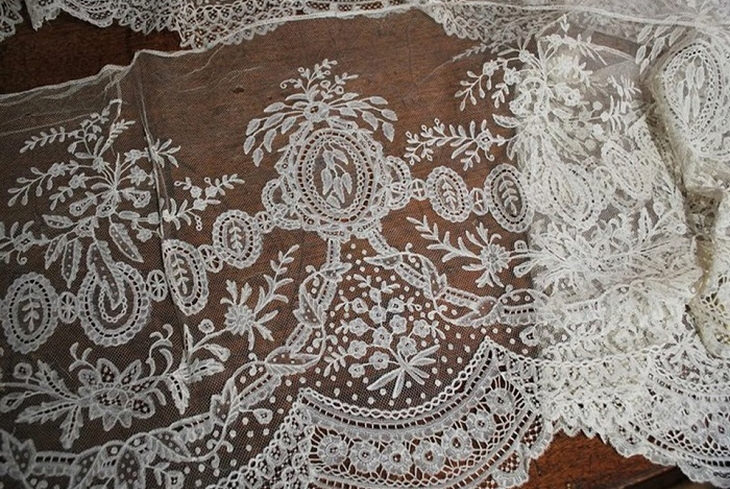

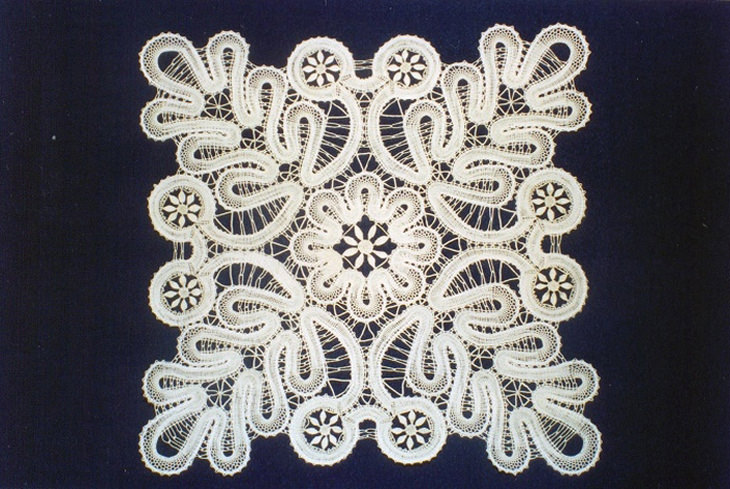
Traditional Lace Weaving
All throughout Bruges you can find little shops selling intricate lace items. The shops are usually run by 50-90 year old women, who continue to weave lace by the traditional bobbin method. These artisans preserve the centuries-old tradition and produce quality lace item of various fabrics, colors and patterns. Belgium’s entire lace weaving industry is comprised of about 1,000 weavers that produce everything manually, without any motorized machines or other technological aids. The country doesn’t even have a single lace factory because it honors the ancient tradition of weaving and wishes to keep it alive.

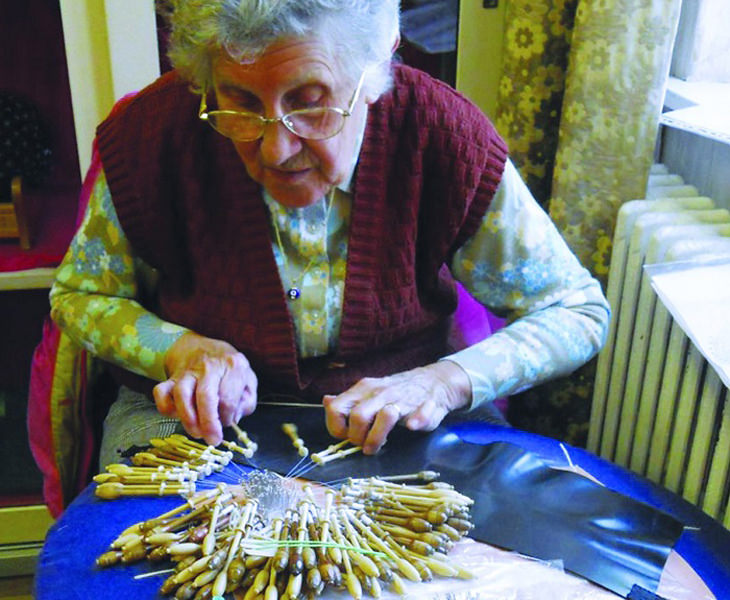
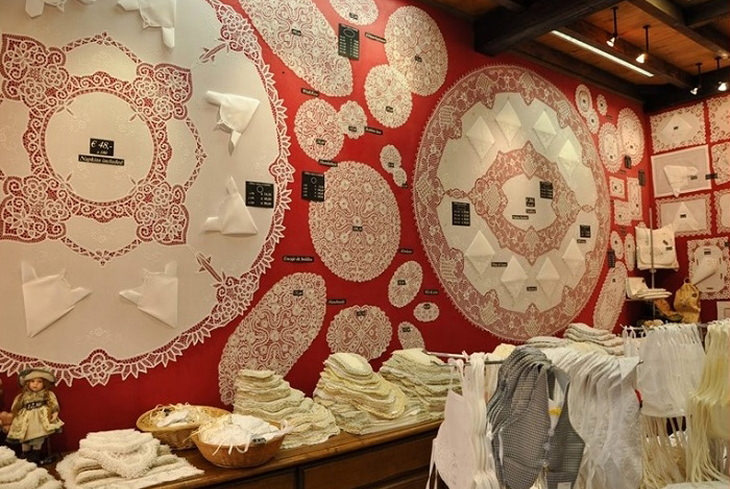
How is Lace Woven?
Quite often, the basis for lace weaving is a piece of paper with a printed version of the pattern the weaver wishes to create. In this weaving method, the weaver uses 22 needles (called “Bobbins”), two of which are called “Conductors”. The more complicated the pattern, the more bobbins will be needed. Some pieces are so intricate that they require the use of over 200 bobbins.


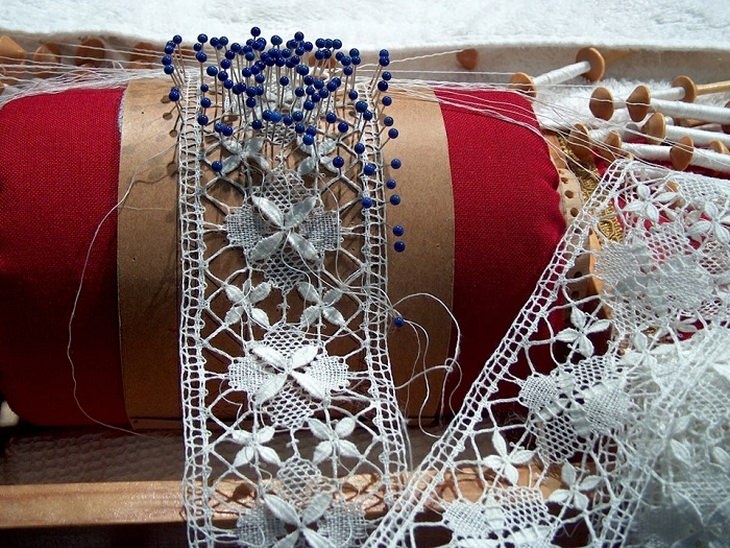


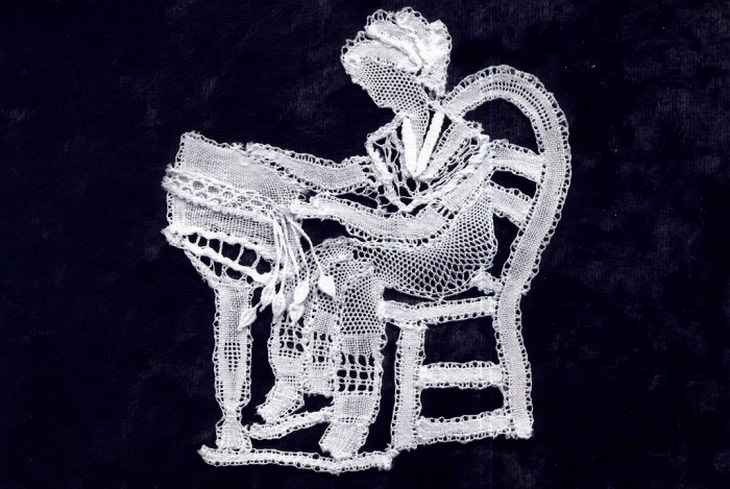
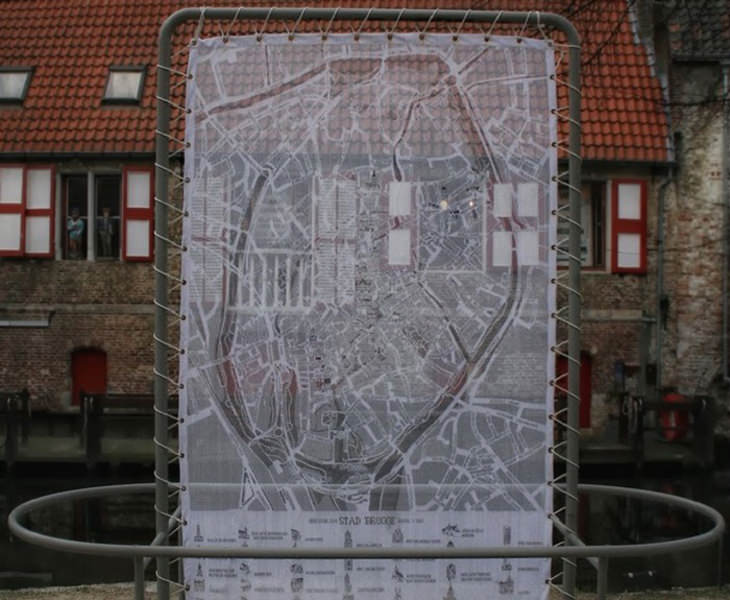
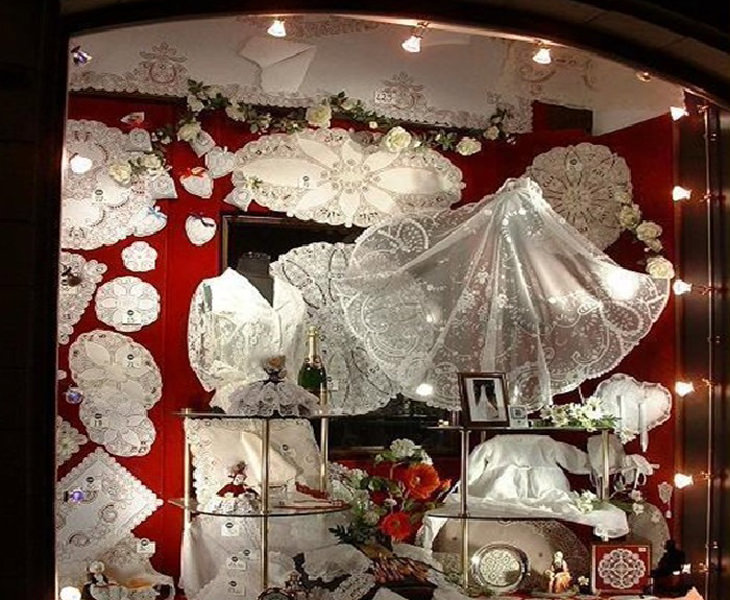
 3:11
3:11
Listen to a Magical Rendition of "Bésame Mucho" by Il Divo
Prepare to be entranced by Il Divo's rendition of one of the most enchanting love songs ever written - Bésame Mucho.
 2:16
2:16
These 3 Girls Made the Judges Stand Up in Praise!
The performance of these young ladies dancing the Pinga dance is so impressive!
 6:38
6:38
How Belgium Functioned For Two Years Without a Government
Forming a government in Belgium is so difficult, the country has been operating without one for nearly 2 years! But how is that possible?
 3:53
3:53
This Quintet Sings Old Sea Medleys So Beautifully...
Watch as they perform 5 medleys: Wellerman, Drunken Sailor, Cape Cod Girls, and Santiana.
 10:54
10:54
The Fascinating Lives of Medieval Jesters
This video will take you on a journey through the Middle Ages and the important but highly underplayed role of the Jesters
 4:16
4:16
An Especially Amusing Classical Hungarian Dance
Watch this great performance and enjoy not only wonderful Hungarian classical music but an amusing show as well!

The Most Dazzling Ancient Castles and Fortresses on Earth
Featured in this sizeable collection of articles are the most noteworthy castles, palace and fortresses in Europe and beyond

Up Above the World So High - 17 Aerial Photographs
Enjoy this collection of breathtaking aerial photographs taken by British pilot Lee Mumford.

12 Sites You Need To See If You Ever Visit Warsaw, Poland!
Warsaw, the capital of Poland offers an almost confusing abundance of beautiful attractions. The following guide will recommend the best 12!

These Past Architectural Designs Were Ahead of Their Time
Architecture in the 20th century was so unique! Here are some amazing examples.
 20:17
20:17
Why Train Tickets Are so Expensive in America
Did you know traveling by train in the U.S. is often more expensive than flying? Find out why.

9 Ancient Cities Your History Teacher Never Told You About
The world's history is filled with many civilizations that rose and fell, leaving behind ancient cities and a final monument to their legacy. You may have heard of some, but these cities are less-known, yet still as amazing.

8 Gorgeous Places Just Outside Rome You Should See...
You shouldn't limit yourself to the regular tourist spots of Rome. Here are 8 destinations close to Rome you'll love to visit.

World's Strangest Towns That You Didn't Know Existed!
Explore some unusual places that defy convention, from a one-person town to a unique settlement where all residents share a single building.

Dubai As You’ve Never Seen Before in 18 Photos
Dubai is much morte than its stunning scyscrapers. These pictures give us a glimpse of the city as you've never seen before.

Watch Your Step: The World's Most Treacherous Staircases
These dangerous staircases will make your stomach drop.

7 Amazing Wonders of the World Nobody Told You About
It's not all about the Great Wall of China and the pyramids of Giza, here are 7 amazing, ancient buildings that most of us have no idea about.

The Most Breathtakingly Beautiful National Parks in Japan
These Japanese national parks will delight all nature enthusiasts.
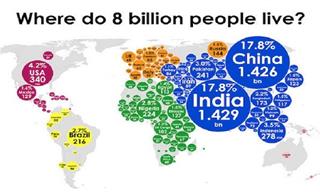
Discover Cool Facts about the World with These Fun Maps
These interesting ad unusual maps will make you see the world in a totally new perspective.
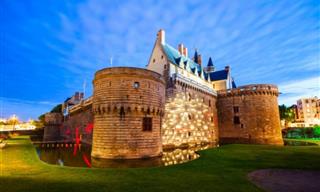
Nantes, France: 11 Gorgeous Sights in this Unique City
Eleven beautiful and wonderful places in one of the most charming French cities - Nantes.

12 Amazing Croatian Islands That Beg to Be Visited
Discover 12 beautiful islands in Croatia that have what every tourist wants from a vacation.

Georgia Is the Most Beautiful Country You’ve Never Been To
The sights and attractions of the Caucasian country of Georgia
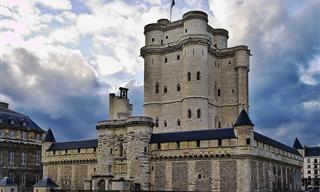
Let's Visit the 10 Most Beautiful Castles in France!
France is renowned for its many castles. With a very long and rich history, there are many structures still left from medieval times throughout this beautiful country, many of them still intact or rebuilt. Here are 10 of these stunning French castle

This Scottish Viking Festival Is a Fiery Sight to Behold
Once a year, an epic Viking festival takes place in the Shetland Islands (170 km north of mainland Scotland). It really is a sight to behold!

15 Fantastic Islands Perfect for a European Adventure!
These hidden gems offer a uniquely magical addition to your European getaway.

These Hotels Are SO Cool, No One Wants to Leave!
The problem with these beautiful hotels is that, once you get there, you never want to leave!

13 Gorgeous Sights in the Veneto Region, Italy
To help you plan your Italian vacation, we have compiled a list of 13 must-see places in Veneto.
 14:42
14:42
Living in a Medieval Castle Is Nothing Like You'd Imagine
Welcome to one of the most unusual homes in the world - a proper Medieval castle in Germany.

Interactive Map: 12 Beautiful New Zealand Sights
12 gorgeous sights you will see in New Zealand. Just click on any of the symbols to see a video of that place!
 12:59
12:59
Vegas to LA in Less Than 3 Hours?! Yes, It's Happening!
The U.S. is gearing up to build its first high speed railway project.

The Beauty of Guyana Is Sure to Take Your Breath Away
Guyana is an English-Speaking country in Caribbean South America that houses an incredible variety of plant and animal life.
 8:48
8:48
The Isle of Sky: Fly Above the Emerald Beauty of Scotland
This video takes us, by 4k drone, to a beautiful tour over Scotland.
 8:15
8:15
16 Places You Are NOT Allowed to Visit!
This video lists 16 places you are never allowed to go to and why that is.

15 Must-Visit Places In the Incredible Continent of Africa
Africa is an incredible continent for a variety of reasons, and there's something here for you whatever you like. Here are 15 must-visit places in Africa.

Las Vegas Isn't Just About Gambling as These Places Prove
Planning a visit to Las Vegas? If so, you must really visit these stunning places.

13 Free Attractions to Enjoy in the City of London
Remember that exploring London doesn't have to be an expensive venture - with careful planning and inclusion of free attractions in your itinerary...

Japan's 9 Most Underrated Destinations You MUST Visit
Have you visited any of these underrated destinations in Japan?

This Exotic Coast Must Be Seen to Appreciate Its Beauty
This place puts other tropical paradises to shame.
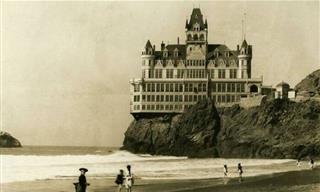
Remembering the World’s Long Lost Architectural Gems
There have been countless architectural gems built over centuries. Sadly, many no longer exist. Here’s a look at some of them.

12 Must-See Sights in the Galicia, Spain
Today we will reveal to you what awaits you there and which 12 places should not be missed for those visiting Galicia.

These Rooftop Bars Around the World Have Views to Die For
Rooftop bars are great spots for some rest and relaxation, but the 20 you're about to see offer some of the best views (and drinks) in the world.
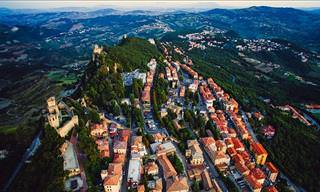
These 10 Countries Are Smaller Than Most Cities
Countries can range in size from large and heavily populated places like Russia to microstates that run less than a square mile from end to end. These countries are the smallest in the world.
 4:49
4:49
This Man Ran a Marathon Every Single Day of the Year!
Meet Gary McKee, the man who ran 365 marathons in a year!

All Aboard the World's Most Exotic Trains
Discover the world's most opulent and exclusive train journeys that offer the ultimate in comfort, style, and breathtaking views.

Belize Is An Unspoiled Caribbean Paradise Waiting For You
It's quite often that Belize isn't thought of by people when they think of the Caribbean, but it actually should be. Here are the country's top 10 destinations.

It's Hard to Believe These Hotels Really Exist!
Hotels can be much more than just a place to sleep, take a shower and change your clothes! Here are 18 unique and splendid hotels from around the globe.


